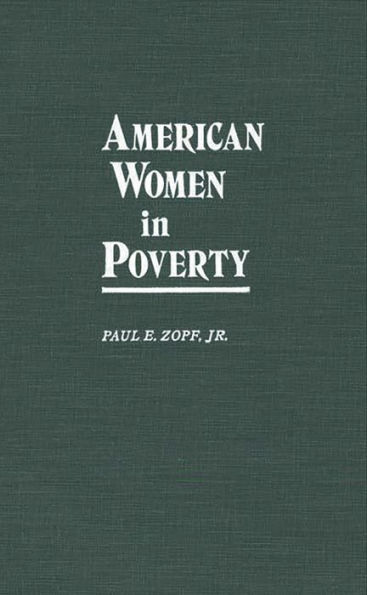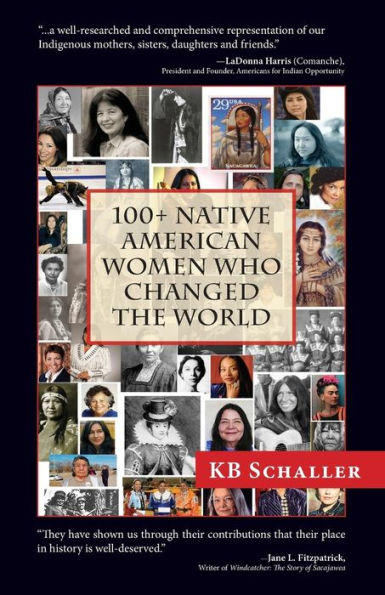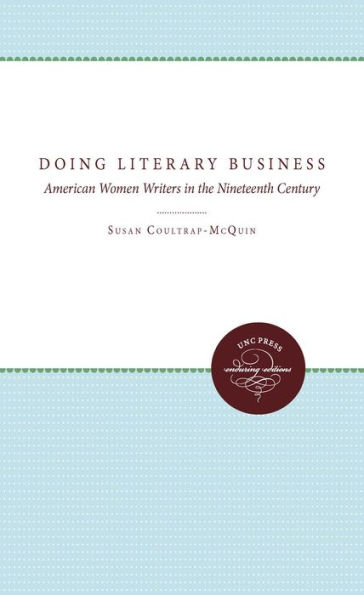Home
American Women in Poverty
Barnes and Noble
American Women in Poverty
Current price: $95.00


Barnes and Noble
American Women in Poverty
Current price: $95.00
Size: OS
Loading Inventory...
*Product information may vary - to confirm product availability, pricing, shipping and return information please contact Barnes and Noble
Zopf provides a compelling answer in his social demographic study of why and how women fall into poverty. . . . Zopf is an articulate guide through [a] forest of data. He uses these statistics effectively to analyze structural flaws in the American socioeconomic system that result in excess rates of poverty for independent women of all races. Zopf is particularly effective in showing hte link between gender inequality and women's and children's poverty, exploring trends in poverty status over time, relating variation in individual earnings and unemployment to family poverty, and explaining the differences between long-term and short-term (but recurrent) poverty. . . . Zopf offers an accessible but scholarly presentation of a mass of statistical information with both current interest and long-term importance.
Exacerbated by changes in family patterns and reduced public commitment to aid those who fall below the poverty threshold, the increasing feminization of poverty in the United States has been documented and explored only minimally despite the obvious importance of the problem. This book is the first systematic examination of the subject. Combining demographic and sociological analysis with humanistic insights and concerns, it offers thorough statistical documentation and comparative data on population groups, geographic areas, and specific factors associated with female poverty in the United States. Zopf argues that the poverty of women must be addressed across a broad range of issues. It cannot be dealt with effectively without a clear commitment to promoting economic, political, and social equality; strengthening the family; providing adequate education, health care, and housing; reforming the welfare system; and coming to grips with the problem of domestic violence.
Zopf first looks at the way poverty is officially defined and how it is measured. He analyzes the characteristics of women family heads and individuals who are classified as poor, comparing the poverty situations of women and men and presenting variations by age, race, ethnicity, farm and nonfarm residence, and urban and nonurban residence. The geographic distribution of poverty by states, regions, counties, and cities is discussed and a map and tables are supplied to illustrate both small and large scale patterns. The study takes into account a variety of factors related directly or indirectly to poverty status, including the presence or absence of dependent children, levels of education, employment status, work experience, work disability, retirement, and homemaking. The situations of the poorest of the poor and the near-poor are assessed, and trends in both female and overall poverty are analyzed as far back as 1959. The author explores the social, economic, and political causes and effects of the problem by emphasizing defects in the social system rather than individual character flaws. He concludes with some practical suggestions for change. This book will be of particular interest to professionals, academics, and students dealing with women's studies, marriage and the family, population, social problems, family services, poverty, welfare policy, and related areas.







![American Women Speak [2 volumes]: An Encyclopedia and Document Collection of Women's Oratory](https://prodimage.images-bn.com/pimages/9781440837845_p0_v2_s600x595.jpg)










